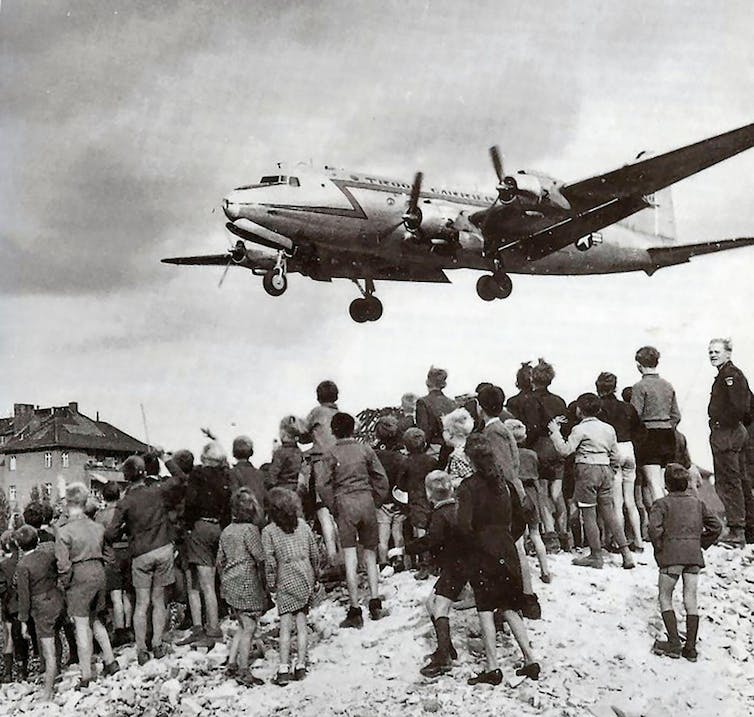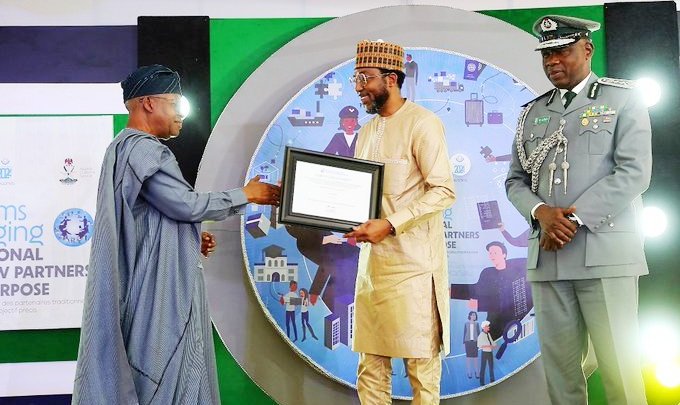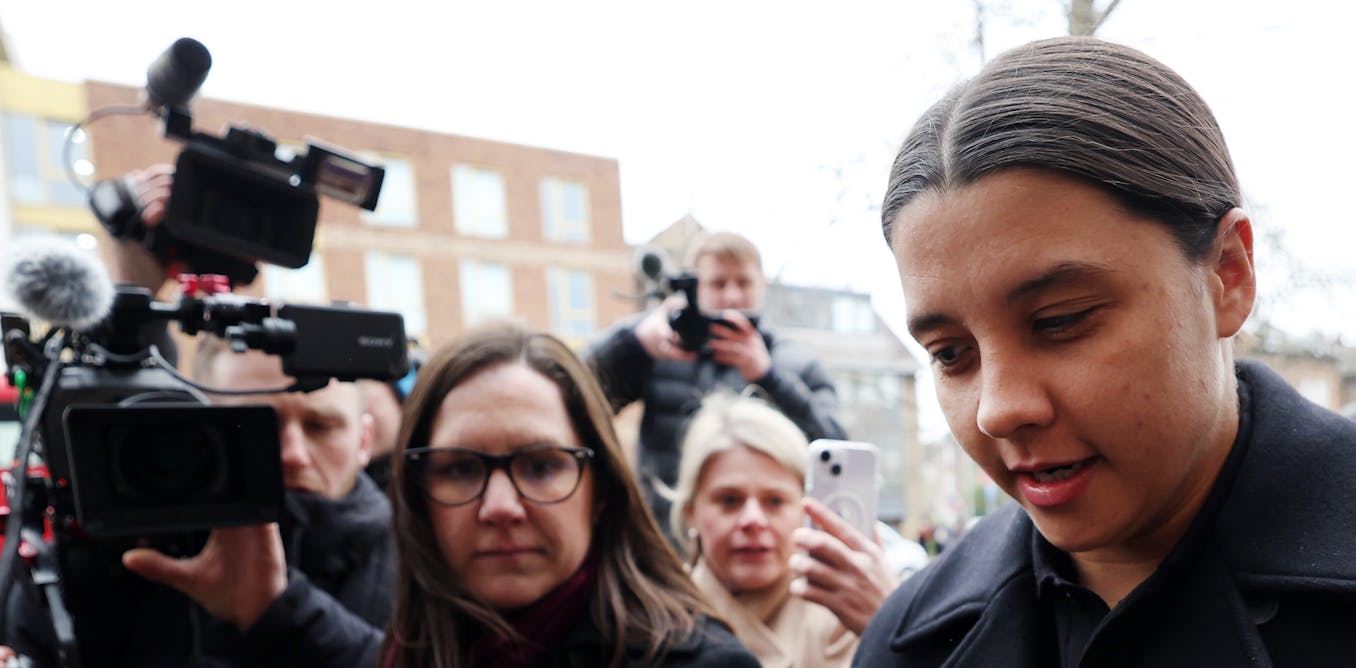BRUSSELS — With less than a year to go until the 2024 EU elections, cracks are emerging in the bloc’s third-largest political camp over whether to get behind the so-called Spitzenkandidaten system that has been heralded as a way to democratize the elections and increase voter turnout.
“There’s no agreement in the political family at this stage,” said Stéphane Séjourné, a French MEP who leads the liberal Renew Europe faction of 101 representatives in the European Parliament.
Séjourné has proposed offering up a team of candidates for various top EU jobs next year instead of uniting behind a single lead candidate for the campaign (in German, Spitzenkandidat) as the rival European People’s Party and Party of European Socialists have committed to doing.
But Séjourné’s proposal puts him at odds with the broader Alliance of Democrats and Liberals for Europe, or ALDE — which will campaign at the EU level — and agreed in late May to unite behind a single Spitzenkandidat at next year’s elections.
ALDE is a pan-EU umbrella grouping of some 42 national parties that doesn’t include Séjourné’s own Renaissance, which is French President Emmanuel Macron’s political vehicle. Although Renaissance and ALDE representatives sit together as Renew Europe in the European Parliament, Macron’s party dominates the other ALDE member parties there.
Under the informal Spitzenkandidaten process, the political group that gets the most elected members in European Parliament puts forward its lead candidate to become the president of the European Commission.
The process worked in 2014 with the election of Jean-Claude Juncker to the EU executive, but took a drubbing in 2019. At that time, EU heads of state and government (including Macron) passed over the winning lead candidate, Manfred Weber from the European People’s Party, to hand-pick Ursula von der Leyen to lead the Commission.
Mixed messaging at the heart of the liberal family threatens to undermine the Spitzenkandidaten process even further, amid doubts as to whether von der Leyen will embrace the campaigning format should she seek a second term.
“I would really really be surprised if we don’t have a candidate. I don’t really see how that could happen,” said Didrik de Schaetzen, ALDE’s 2024 campaign director. However, he said that it is possible the party could field a pair of candidates rather than one.
De Schaetzen added that ALDE supports the Spitzenkandidaten process — not because it believes that whoever get the most members of the European Parliament should be proposed as Commission president, but because “we are very pro-European and we like the campaigning elements,” referring to the possibility of campaigning on EU topics across the bloc.
Both de Schaetzen and Séjourné acknowledged that Renew Europe is not expecting to be the largest group after the elections. According to POLITICO’s Pro Analysis department, current voting intentions suggest that Renew will retain its spot as the third-largest group behind the center-right European People’s Party and center-left Socialists and Democrats, with all three on a downward trend.
Séjourné, in his capacity as secretary general of Renaissance — along with ALDE’s co-presidents Timmy Dooley and Ilhan Kyuchyuk — launched a joint campaign platform for the 2024 elections, as reported by Brussels Playbook on Friday. It contained an agreement on “nominating common lead candidate(s),” thus leaving open the question of how the liberals will engage with the Spitzenkandidaten process.
Séjourné said he has postponed further discussion on the matter until after the summer break. “I continue to say that we’ll be capable of having candidates a bit everywhere for all the institutions, if there’s a need.” He’s in favor of having his political family represented in EU-wide debates, he added.
Sarah Wheaton and Clea Caulcutt contributed reporting.




